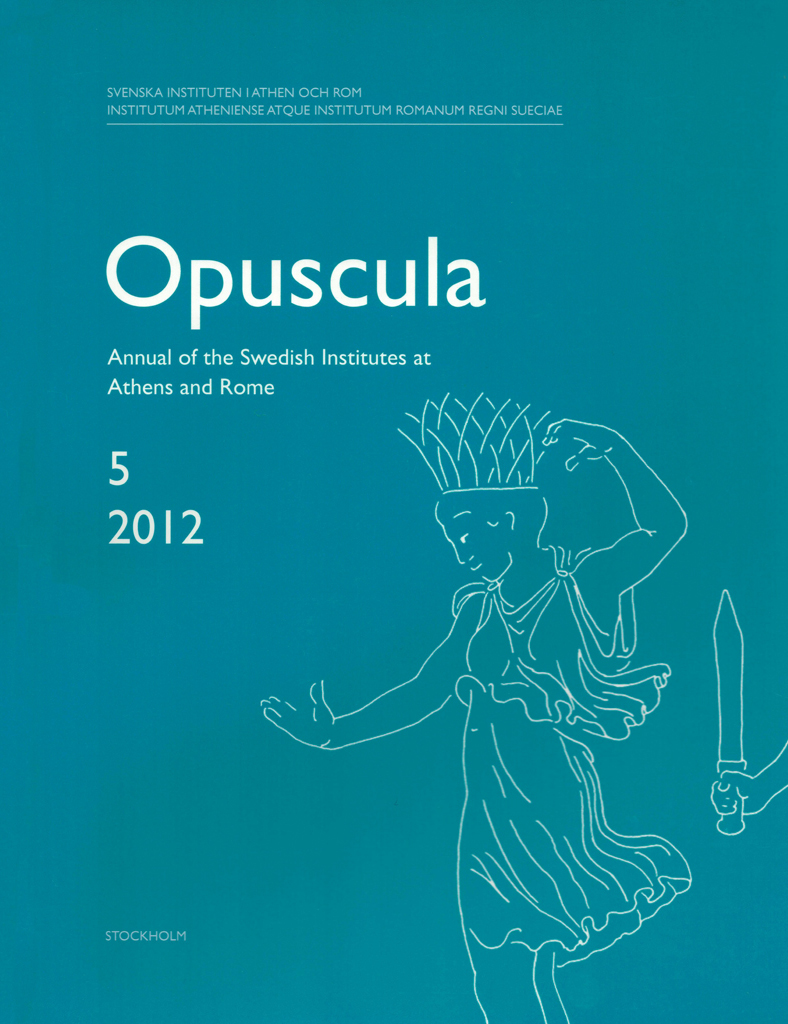Opuscula is published by the Swedish Institutes at Athens and Rome, with the aid of a grant from the Swedish Research Council. Distributed by Eddy.se AB. View journal at ERIH PLUS. All content available with open access. The impact of restoration. The example of the dancing satyr in the Uffizi By Julia Habetzeder Abstract The aim of this article is to show that reputed restorations may have an unexpected impact on the study of ancient sculpture. During the 17th–19th centuries, a number of restored antiques were held in exceptionally high regard. One of the consequences of their renown was the production of copies and adaptations in different scales and media. Such reproductions did not distinguish between the ancient and the restored parts of the work. Today these reproductions are centuries old, and in many cases their provenance has long since been forgotten. Therefore, such post-Antique sculptures are easily misinterpreted as ancient. Subsequently, they are at times used as evidence of ancient sculptural production. Needless to say, this may cause flawed notions of Classical sculpture. The complexity of this relationship, between the ancient and the restored, is here exemplified by tracing the impact that a restored motif—“Satyrs with cymbals”—has had on…
Opuscula is published by the Swedish Institutes at Athens and Rome, with the aid of a grant from the Swedish Research Council. Distributed by Eddy.se AB. View journal at ERIH PLUS. All content available with open access. Dancing with decorum. The eclectic usage of kalathiskos dancers and pyrrhic dancers in Roman visual culture By Julia Habetzeder Abstract This article examines two groups of motifs in Roman visual culture: females modelled on kalathiskos dancers, and males modelled on pyrrhic dancers. Eclecticism is emphasized as a strategy which was used to introduce novelties that were appropriate within a Roman cultural context. The figures representing kalathiskos dancers and pyrrhic dancers were both changed in an eclectic manner and this resulted in motifs representing the goddess Victoria, and the curetes respectively. Kalathiskos dancers and eclectic Victoriae occur on many different media at least from the Augustan era and into the 2nd century AD. It is argued here that the establishment of these two motifs in Roman visual culture is closely related to the aesthetics which came to the fore during the reign of Augustus. Thereafter, both kalathiskos dancers and eclectic Victoriae lingered on in the Roman cultural context until many of the material categories…

